Stories Category: Intensive Care
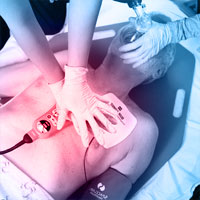
The Impact of Defibrillation on Aerosol Generation During CPR
Chest compressions alone did not cause significant aerosol generation in this swine model. However, increased aerosol generation was detected during chest compression immediately following defibrillation. Additional research... read more

Apnoeic Oxygenation for Emergency Anaesthesia of Pre-hospital Trauma Patients
Apnoeic oxygenation did not influence peri-intubation oxygen saturations, but it did reduce the frequency and duration of hypoxia in the post-intubation period. Given that apnoeic oxygenation is a simple low-cost intervention... read more
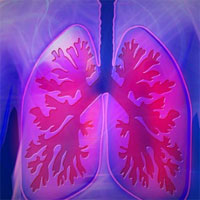
Why COVID-19 Pneumonia is More Deadly than Typical Pneumonia
Bacteria or viruses like influenza that cause pneumonia can spread across large regions of the lung within hours. In the modern intensive care unit, these bacteria or viruses are usually controlled either by antibiotics or... read more
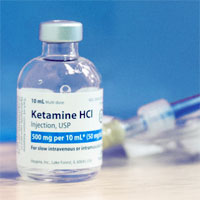
Ketamine for PTSD Treatment
Post-traumatic stress disorder (PTSD) continues to be a problematic psychiatric condition that can be difficult to treat. SSRIs are the first-line treatment, and they are the only pharmaceutical class approved – their use... read more
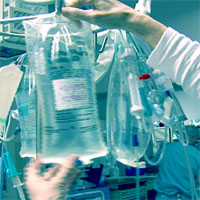
Effect of Out-of-Hospital Sodium Nitrite on Survival to Hospital Admission After Cardiac Arrest
Among patients with out-of-hospital cardiac arrest, administration of sodium nitrite, compared with placebo, did not significantly improve survival to hospital admission. These findings do not support the use of sodium nitrite... read more
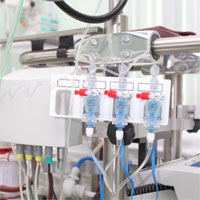
ECMO for COVID-19 patients in Europe and Israel
As of October 17th the novel coronavirus (SARS-CoV-2) caused a pandemic disease (coronavirus disease 2019, COVID-19) 40 million people worldwide, with almost one million deaths. Although most patients have an uncomplicated... read more

Infectious Diseases A Clinical Short Course
Infectious Diseases: A Clinical Short COURSE is a concise overview of this important field designed to help the busy physician, medical student, nurse practitioner, and physician assistant to understand, diagnose, and treat... read more
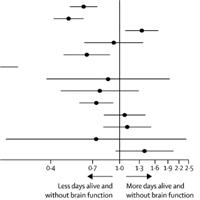
Delirium Prevalence and Risk Factors for Critically Ill COVID-19 Patients
Acute brain dysfunction was highly prevalent and prolonged in critically ill patients with COVID-19. Benzodiazepine use and lack of family visitation were identified as modifiable risk factors for delirium, and thus these... read more
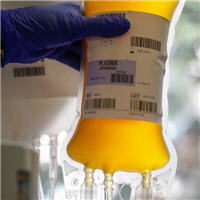
COVID-19 Blood Plasma Trial Finds No Benefit in Severely Ill Patients
An international trial testing convalescent blood plasma on COVID-19 patients with moderate and severe illness has halted enrolment of severely ill COVID-19 patients requiring intensive care after it found no benefit. The... read more
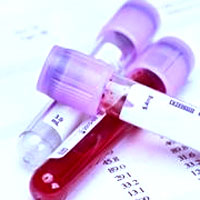
Use of a Machine Learning Model to Predict Iatrogenic Hypoglycemia
These findings suggest that iatrogenic hypoglycemia can be predicted in a short-term prediction horizon after each BG measurement during hospitalization. Further studies are needed to translate this model into a real-time... read more

Pulmonary Hypertension: ED Presentation, Evaluation, and Management
Pulmonary hypertension (PH), characterized by increased pulmonary vascular resistance and pulmonary arterial pressure, is associated with significant morbidity and mortality. The disease is heterogenous, with varying demographics... read more
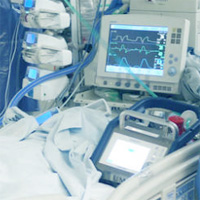
Trauma ICU Rounds – The rEVOLUTION of ECMO
What are the indications for ECMO beyond ARDS and refractory cardiogenic shock? In which patients should we consider eCPR and is this the new standard of care for patients sustaining out-of-hospital cardiac arrest? Finally,... read more
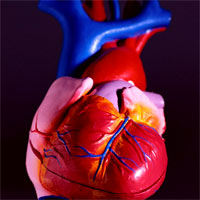
Mortality Among LVAD Recipients Ineligible for Clinical Trials
These findings suggest that while treatment for patients who are ineligible for left ventricular assist device (LVAD) trial inclusion should be weighed against medical management, more consideration could be given to designing... read more

Problems in care and avoidability of death after discharge from ICU
The proportion of deaths in hospital with some degree of avoidability is higher in patients discharged from an ICU than reported in hospital-wide populations. Extrapolating our findings suggests around 550 probably avoidable... read more

Risk Factors of Ischemic and Hemorrhagic Strokes During Venovenous ECMO
Among venovenous extracorporeal membrane oxygenation patients in the Extracorporeal Life Support Organization registry, approximately 5% had acute brain injury. Mortality rates increased two-fold when ischemic or hemorrhagic... read more
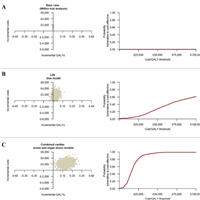
Cost-effectiveness of Adrenaline for Out-of-Hospital Cardiac Arrest
Adrenaline was not cost-effective when only directly related costs and consequences are considered. However, incorporating the indirect economic effects associated with transplanted organs substantially alters cost-effectiveness,... read more

Neutrophilic Inflammation, Immunothrombosis May Distinguish Severe COVID-19 From Influenza
Severe coronavirus disease 2019 (COVID-19) is associated with immunothrombotic, neutrophil-containing vessel occlusions in the lung, with neutrophils representing the primary immune cell component associated with clinical... read more








